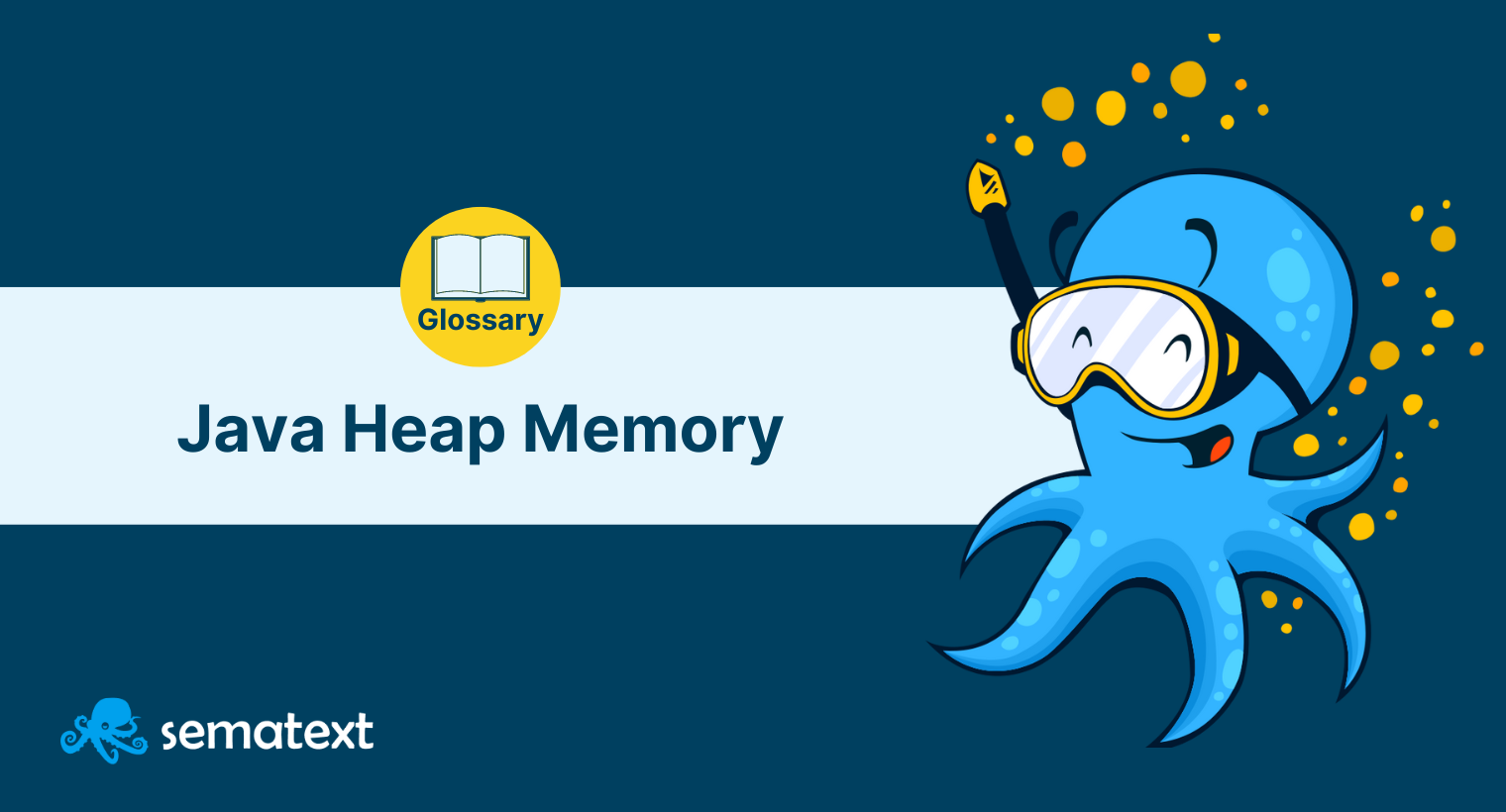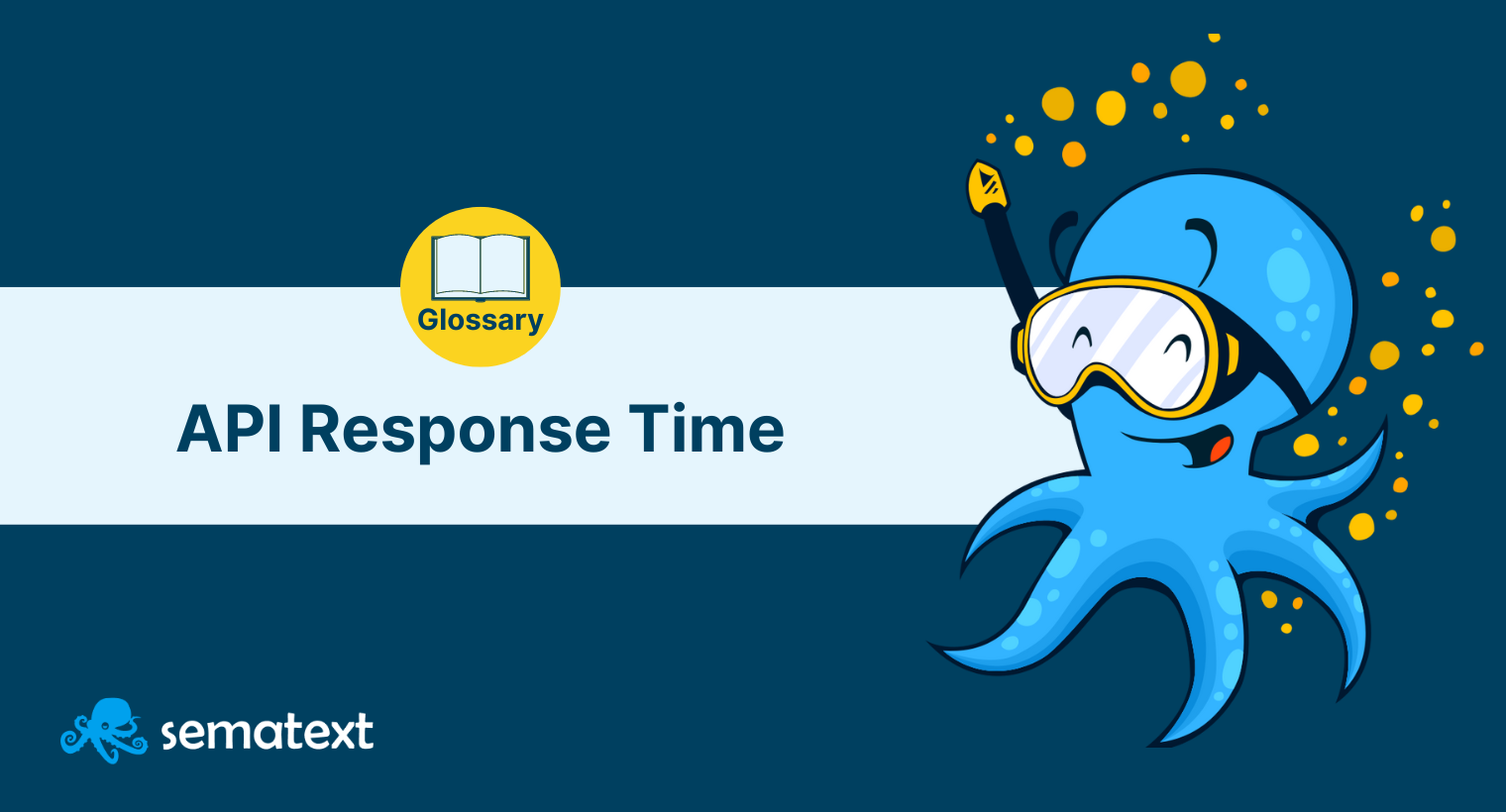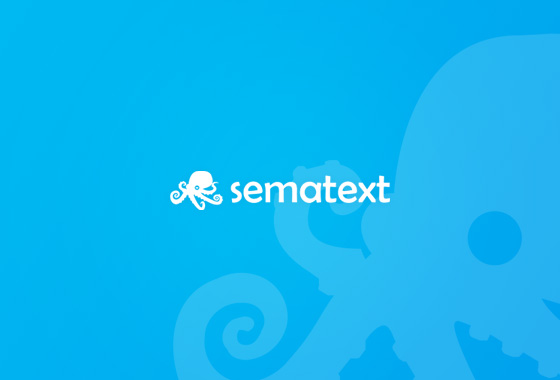Definition: What Is Container Orchestration?
Container orchestration is the automation of different operational tasks required to run and manage containers in an environment, including container provisioning, deployment, scaling, management, load balancing, and networking.
Container orchestration is done using one or more tools, commonly known as container orchestration tools. These tools define the configurations and necessary criteria to execute the operational tasks and automatically handle the container lifecycle. You can use container orchestration in any dynamic environment and utilize the maximum benefits of containers.
Why Do We Need Container Orchestration?
To understand why we need container orchestration, we need to understand what containers are.
Containers are small executable compute units consisting of application code, its libraries, and any dependencies. These units can execute in any environment or operating system. The lightweight nature and portability of containers have made them the de facto compute units for many applications and microservices.
When you have a small number of containers to manage, their deployment, management, and other operations can be manually done. However, the number of containerized applications in organizations is larger, usually in hundreds or even thousands, and keeps increasing.
Thus, manually managing such a large number of containers can be a very complex, time-consuming, and costly process. It is almost impossible to run containerized applications without automation, which is why container orchestration is critical for any organization looking to expand its business with microservices.
Container Orchestration Benefits
Container orchestration provides many benefits to organizations. Some of them are as follows:
Better Resource Allocation
Container Orchestration reduces the burden of manually executing typical operational tasks such as:
- Container provisioning and deployment
- Configuration and scheduling
- Resource allocation
- Scaling containers to balance the application workload
- Ensuring container availability
- Load balancing of service discovery
- Container performance monitoring
Enhanced Security
Manually performing the operational tasks is prone to human errors. You can eliminate such human errors and enhance the security of your containerized applications by using container orchestration.
Flexibility
Container Orchestration allows automatic scaling and provisioning of containers. Thus, it helps to improve the application resilience during peak load.
Process Simplification
Organizations must often integrate multiple applications and introduce complex functionalities that require a great deal of manual DevOps work. Container orchestration simplifies such requirements by allowing organizations to automatically scale and load-balance microservices and build resilient application ecosystems without introducing significant operational complexities.
Faster Time to Market
Container Orchestration supports DevOps best practices like Continuous Integration and Delivery (CI/CD) to introduce new features and functionalities faster to the market.
How Does Container Orchestration Work?
Container orchestration generally involves three tasks – configuration, automation, and lifecycle management of orchestration.
Tool Configuration
First, container orchestration requires you to configure a container orchestration platform, which usually means describing the application’s configurations in a file using YAML or JSON format. This file stores configuration information like the path to get the container images, the location to store logs, the mechanism to communicate with other containers, and conditions to consider when placing it on a host. The orchestration tool then reads the file and knows the task it must perform.
Automation of the Operational Tasks
Container orchestration lets you schedule container deployments. Moreover, once the task is scheduled, the container orchestration tool automatically determines the best host to deploy the container based on the criteria like resource availability, container metadata, and proximity to other hosts, defined in the configuration file.
Container Lifecycle Management
While the container runs on the chosen host, the orchestration tool uses the container definition file, such as the “dockerfile” in the Docker Swarm tool, to manage its lifecycle too. It automatically balances the load, spins new container groups, stops unused containers, allocates resources among containers, relocates for high availability, collects logs, and manages storage.
Container Orchestration Tools
Container orchestration tools have everything you need to enable container orchestration in organizations of any size. Here are some of the most popular among DevOps teams.
Kubernetes
Developed by Google, Kubernetes is an open-source container orchestration tool that helps automate the deployment, scaling, and management of containerized applications and services. It forms a cluster of worker nodes consisting of application workloads that use one or more Kubernetes Pods.
Kubernetes automates many manual operational tasks like deployment, scaling, load balancing, and management of containerized applications. It helps you to expand your applications across multiple containers and clusters with groups of hosts that can span across different types of clouds.
Docker Swarm
Docker Swarm uses two major components: manager and worker nodes. The manager node assigns tasks to worker nodes while the worker nodes execute them. Docker swarm has a declarative model maintained by Docker to declare the desired state. Apart from that, Docker has features like cluster management with the docker engine, multi-host networking, high security, scaling and load balancing, and rolling updates.
Nomad
Nomad is a simple and easy-to-use container orchestrator that runs as a single binary. It uses a declarative infrastructure-as-code to describe the configurations for container deployment. Nomad helps you to deploy and manage containers in cloud environments and on-premise data centers. It has several benefits, like simplicity, reliability, high scalability, and integration with platforms like Terraform, Consul, and Vault.
Container Orchestration vs. Docker
While container orchestration and Docker are related to containers, they have two different purposes. Docker is a containerization service that you can use for creating containers and running them using the Docker Engine runtime. It simplifies the containerization process by automating and separating the applications from the infrastructure.
On the other hand, container orchestration comes after the containerization of an application. Docker also consists of its own container orchestration software – Docker Swarm – which automates the creation and execution of Docker containers. Container orchestration automates the tasks required to manage containers’ provisioning, deployments, management, and scaling.
In short, container orchestration is the process of managing containers created using tools like Docker.
Watch our short Docker vs. Kubernetes vs. Docker Swarm video (5 min) to learn more.
Monitoring Container Orchestration
While adding container orchestrators to your technology stack has its benefits, it also means that you have yet another layer that could influence the performance of your entire system. To avoid bottlenecks, you need a comprehensive monitoring tool that can extract metrics from any component of your environment.
Sematext Cloud is a cloud monitoring solution with container monitoring and logging capabilities. It enables you to track the health and performance of container solutions such as Docker and containerd, container orchestration systems like Kubernetes, Swarm and Nomad, and cloud container orchestration services EKS, ECS, AKS, and GKE.
The lightweight Sematext Agent captures logs and a variety of metrics regarding hosts (CPU, memory, disk, network, processes), containers (CPU, memory limits), and orchestrator platforms. You can then correlate the data with that from any other component of your infrastructure in a single pane of glass for faster troubleshooting. Coupled with out-of-the-box monitoring dashboards, alerting rules, and anomaly detection, Sematext makes it easy to ensure the performance of your environment.
It also includes service auto-discovery that automatically detects new containers and the containerized applications running in them. That way, you don’t need any extra configuration. Sematext instantly starts monitoring logs and metrics for any new services it discovers.
Frequently Asked Questions
What is the best container orchestration?
The best container orchestration platform depends on the specific needs and requirements of the organization or project. Some of the most popular container orchestration platforms include Kubernetes, Docker Swarm, and Apache Mesos. Kubernetes is one of the most widely used container orchestration platforms and is known for its flexibility, scalability, and rich feature set. Docker Swarm is a simpler, more lightweight option that is tightly integrated with the Docker ecosystem, while Apache Mesos is a highly scalable and fault-tolerant platform that is suitable for large-scale deployments.
What are examples of container orchestration?
Examples of container orchestration platforms include Kubernetes, Docker Swarm, Apache Mesos, and Amazon ECS. These platforms provide features like automatic deployment, scaling, and management of containerized applications, and are designed to simplify the process of deploying and managing applications in a distributed computing environment.


